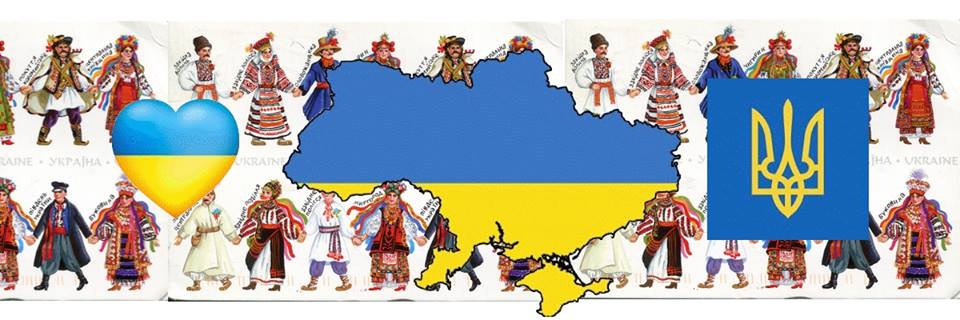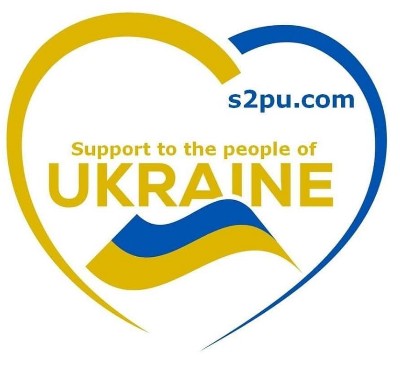1917
The Bolsheviks, led by Vladimir Lenin take power in Russia.
1922
The Soviet Union is formed with Ukraine becoming one of the republics.
1924
After Lenin’s death, Joseph Stalin ascends to power.
1928
Stalin introduces a program of agricultural collectivization that forces farmers to give up their private land, equipment and livestock, and join state owned, factory-like collective farms. Stalin decides that collective farms would not only feed the industrial workers in the cities but could also provide a substantial amount of grain to be sold abroad, with the money used to finance his industrialization plans.
1929
Many Ukrainian farmers, known for their independence, still refuse to join the collective farms, which they regarded as similar to returning to the serfdom of earlier centuries. Stalin introduces a policy of “class warfare” in the countryside in order to break down resistance to collectivization. The successful farmers, or kurkuls, (kulaks, in Russian) are branded as the class enemy, and brutal enforcement by regular troops and secret police is used to “liquidate them as a class.” Eventually anyone who resists collectivization is considered a kurkul.
1930
1.5 million Ukrainians fall victim to Stalin’s “dekulakization” policies, Over the extended period of collectivization, armed dekulakization brigades forcibly confiscate land, livestock and other property, and evict entire families. Close to half a million individuals in Ukraine are dragged from their homes, packed into freight trains, and shipped to remote, uninhabited areas such as Siberia where they are left, often without food or shelter. A great many, especially children, die in transit or soon thereafter.
1932-1933
The Soviet government sharply increases Ukraine’s production quotas, ensuring that they could not be met. Starvation becomes widespread. In the summer of 1932, a decree is implemented that calls for the arrest or execution of any person – even a child — found taking as little as a few stalks of wheat or any possible food item from the fields where he worked. By decree, discriminatory voucher systems are implemented, and military blockades are erected around many Ukrainian villages preventing the transport of food into the villages and the hungry from leaving in search of food. Brigades of young activists from other Soviet regions are brought in to sweep through the villages and confiscate hidden grain, and eventually any and all food from the farmers’ homes. Stalin states of Ukraine that “the national question is in essence a rural question” and he and his commanders determine to “teach a lesson through famine” and ultimately, to deal a “crushing blow” to the backbone of Ukraine, its rural population.
1933
By June, at the height of the famine, people in Ukraine are dying at the rate of 30,000 a day, nearly a third of them are children under 10. Between 1932-34, approximately 4 million deaths are attributed to starvation within the borders of Soviet Ukraine. This does not include deportations, executions, or deaths from ordinary causes. Stalin denies to the world that there is any famine in Ukraine, and continues to export millions of tons of grain, more than enough to have saved every starving man, woman and child.



Comments powered by CComment